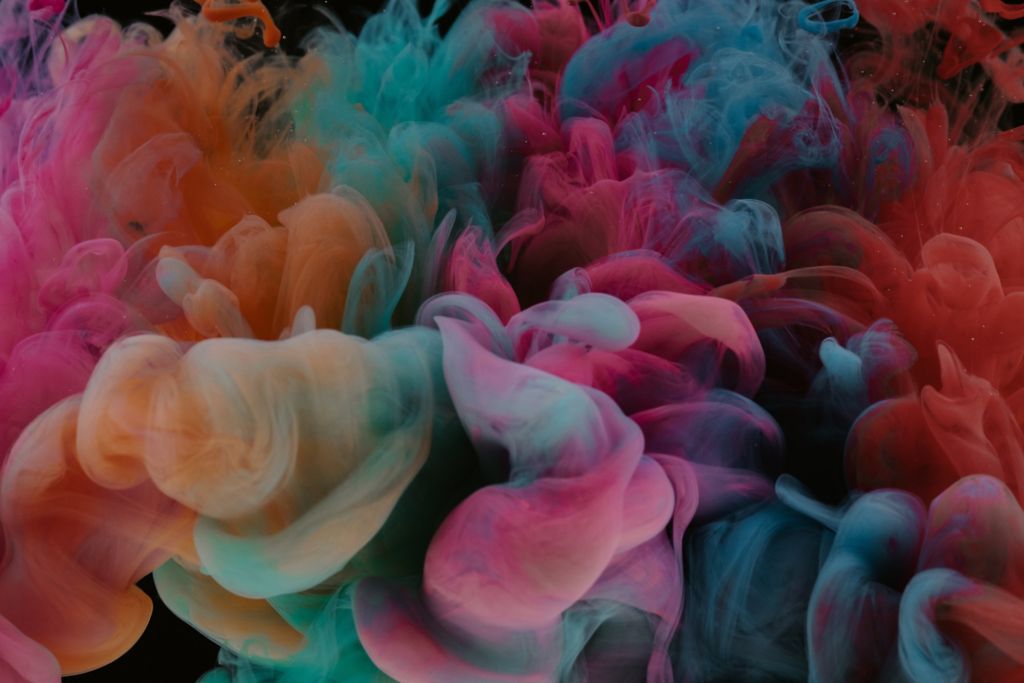Gender - and the different aspects


Gender Identity and Sexual Orientation are best explained with the following 4 elements: Biological Sex, Gender Identity, Expression, Attraction. Below you wil find a short definition of each.
Biological Sex:
Biological sex refers to the physical characteristics of a person: objectively measurable organs, hormones, and chromosomes.
Female: having a vagina, ovaries, two X chromosomes, predominant estrogen, and the ability to grow a baby in the abdominal area.
Male: having testes, a penis, an XY chromosome configuration, predominant testosterone, and the ability to put a baby in a female’s abdominal area.
Intersex: any combination of the above.
It is estimated that up to 1.7% of the world’s population has an intersex trait and that approximately 0.5% have clinically identifiable sexual or reproductive variations.
Gender Identity:
Gender Identity refers to the answer people give to the question of “Who do you think you are?”. It is about how people internally interpret the chemistry that composes them. But at the end of the day, the identity is defined by a person’s feeling on how well they fit to societal role of “woman” “man” “neither” or “both”. The genders can be defined by the personality traits, likes/dislikes, hobbies, jobs, roles, or expectations in each society. Moreover, those definitions differ a lot from society to society. Thus, one’s interpretation of alignment with such gender definitions may differ drastically.
It has been accepted that the gender identities form around the age of three and it is incredibly difficult to change them after such age. Formation of identity is affected by hormones and environment just as much as it is by biological sex.
Although society tends to group Gender Identity in a binary system of man & woman (similar to Biological Sex), it is actually a spectrum which has two ends (man and woman) and has a variety of identities lying in-between and outside of that spectrum.
Some important concepts to remember on Gender Identity are:
Cisgender: Gender identity of a person matching with their biological sex (e.g. a male born person feeling like a man)
Transgender: Gender identity of a person not matching with their biological sex (e.g. a female born person feeling like a man)
Non-binary: Identity of a person not belonging to the binary gender definition (e.g. a female/male born person feeling neither like a man or a woman)
Genderqueer: is an umbrella term for all who feel that they have a queer or non-normative experience with their gender. Examples of some non-exclusive gender identities are agender, bigender, third-gender, genderfluid, etc.)
Expression:
Gender expression is all about how you demonstrate yourself through the ways you act, dress, behave, and interact — whether that is intentional or unintended.
Society generally tends to interpret expression based on traditional gender norms (e.g., men wear pants; women wear dresses). However, expression does not necessarily need to be directly connected to the perception of gender but it how we present ourselves to others. How you express yourself aligns or does not align with traditional ways of gendered expression. It can be motivated by (but not directly connected to) gender identity, sexuality, or something else completely (e.g., just for fun, or performance).
Like Gender Identity, there is a lot of room for flexibility here. Because Expression often changes from day to day, outfit to outfit, and event/setting to event/setting (a woman dressed at home in less feminine looking baggy clothes or a man imitating a woman while telling a joke, etc.). It is likely that your gender expression changes frequently without you even thinking about it.
“Androgynous” might be a new word, and it simply means a gender expression that has elements of both masculinity and femininity.
Attraction:
Attraction is about who you are romantically and/or sexually interested in.
Romantic attraction is an affinity and love for others and the desire for emotional relationships. Some people have both, some have neither, many experience more of one than the other. Sexual orientation is all about who you are physically, spiritually, and emotionally attracted to and the labels tend to describe the relationships between your gender and the gender types you’re attracted to.
There is much more to attraction and sexuality. Some define and experience attraction without gender as a factor; they might identify as “pansexual.” If you experience romantic attraction but not sexual, you might identify as asexual or “ace”. If you’re attracted to transgender or androgynous people, you might identify as skoliosexual.
Putting it all together:
It is about Interrelation vs. Interconnection in the end. Gender identity, expression, biological sex, and sexual orientation may affect one another (i.e., they are related to one another) but they are independent of one another (i.e., they are not connected). People’s sexual orientation doesn’t determine their gender expression. And their gender expression isn’t determined by their gender identity. And their gender identity isn’t determined by their biological sex.
olvo Group is a workplace for everyone: “It's important we create an environment where all our people can bring their true unique self to work every day. We know when each one of us can be who we are, feel a sense of belonging and have our contribution valued we build a truly inclusive culture. This helps boost our performance with better decision making and increases innovation. When we listen to each other we are also better able to listen and connect with our diverse customer base” says Kate Thompson, Head of Diversity, Engagement and Inclusion at Volvo Group.
V-EAGLE - Volvo Group's LGBTQ+ employee support network
Volvo Group supports its employee network for LGBTQ+ employees and their allies within the group. Founded in 2005, V-EAGLE's mission is to provide support and create an inclusive work environment that enables people to feel safe and comfortable about being who they are. Find more information about V-EAGLE here.
Sources: